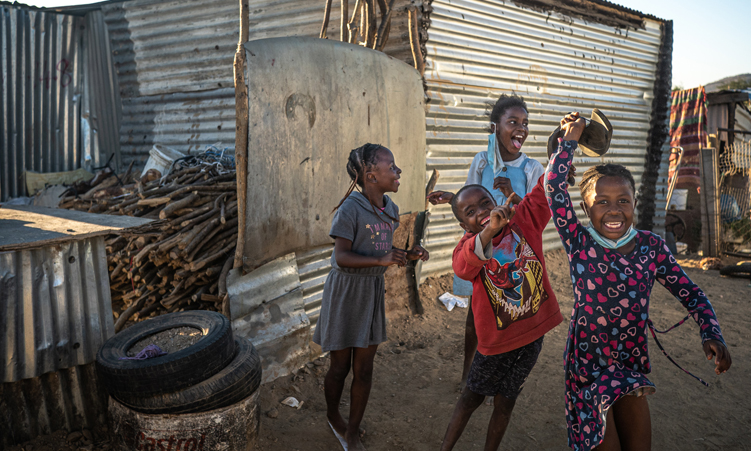AXEL ROTHAUGETHIS year’s drought has a devastating effect on livestock production, but it is really the perennial grasses that bear the brunt of the damage.
Not annual grasses: they are dead now, their life cycle completed.
Not the bushes and trees: their taproots enable them to access deep ground water that is out of reach of grasses.
Perennial grasses are the backbone of livestock farming. They are more reliable and better feed than annual grasses and generally more nutritious for a longer period.
It is vitally important for farmers dependent on grazing to tend their perennial grasses during this drought. If perennial grasses can survive it, farming can commence once rains resume.
If perennial grasses die during the drought, the farm’s productivity plummets, farming income declines and your farming enterprise is in doubt.
Perennial grasses are the ones which suffer drought. They do not grow properly due to lack of rain. Theirs is the first domino to tumble during the drought, pushing over the domino of livestock production which pushes over the domino of your farm’s future.
How to save perennial grasses during this drought?
Do not graze them too short. Leave 5 10 cm of stubble on the tuft to protect its basal growth points from the searing winter sun.
That might mean animals have to be removed from grazing completely at some stage of winter. Animals will have to be fed in a small camp sacrificed to save the larger farm, or preferably in a large kraal. (Kraal feeding will be discussed next week.)
Reduce competition to perennial grasses.
Annual grasses no longer compete now because they have died. But woody plants keep competing with perennial grasses throughout winter for whatever little moisture is left in the soil. If the bush belongs to an encroaching species, chop it off at knee height.
Spread its thorny branches and felled canopies over bare patches to protect soil and cover grazed tufts to deter further grazing by game. The light shade of this branch mulch keeps the soil surface permeable and hospitable to plant growth.
Don’t kill the chopped bush stem with chemicals. Allow it to re grow because the coppice is excellent feed, produced at a time that little other fresh feed is available, from August onwards. Coppicing stumps of encroacher bush can always be killed later, when there has been enough rain to revert to grass again.
Never chop off trees, especially protected species. Trees do not re grow from stumps. However, some branches can be pruned off fodder trees like shepherd trees (Boscia albitrunca) and given to livestock to feed on.
Do not prune more than one third of the canopy of fodder trees in one season to avoid retarding their growth.
Drought stricken farms produce more browse (bush) fodder than grazing. Adapt the livestock herd to the type of fodder available: get rid of some grazing livestock like cattle and Dorper sheep and acquire more browsing livestock like goats and Damara sheep.
However, don’t stock up with livestock during a drought. Decrease livestock numbers in accordance with decreased fodder availability.
When rains resume after the drought, allow all perennial grasses to grow until fully in seed before normal grazing resumes.
During the drought, perennial grasses would have lost most of their roots and need to re build these organs and replenish their reserves first before they can feed animals. Remember, it is the grasses that suffered drought.
Animals only went hungry because there was no grass. This means that normal grazing cannot resume until about 100 mm of rain have fallen.
Supplementary fodder will have to be provided for the first two to three months of the next rainy season despite an abundance of grass.
Why incur this expense just to save some perennial grasses? Well, if they are not looked after now, they will not be able to look after you when the drought is over. But then it’s too late to be sorry.
Better to incur short term pain now than long term devastation while it rains.
The pitiful state of perennial grasses all over Namibia has shrunk the ability of farmers to cope with drought. Few things are more important than tending perennial grasses! It is never too late to start.
Stay informed with The Namibian – your source for credible journalism. Get in-depth reporting and opinions for
only N$85 a month. Invest in journalism, invest in democracy –
Subscribe Now!










